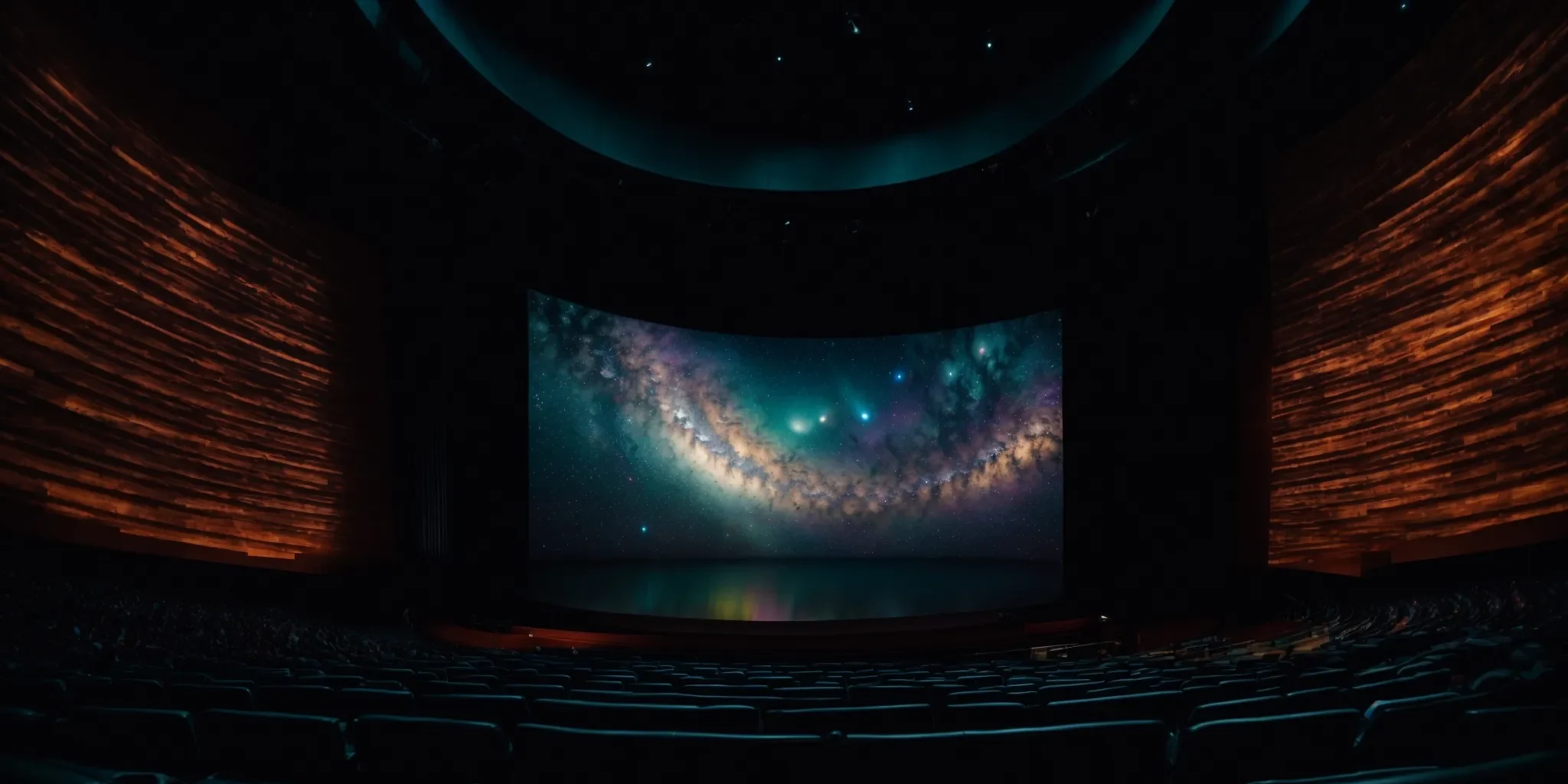How has Hollywood begun to leverage the term ‘IMAX’?
IMAX. Their name is seemingly everywhere. Toted as ‘the world’s most immersive movie experience’ the company have quickly established their cinemas as the definitive way to ‘experience’ a film. This is a belief not only shared by audiences, but with the most convicted directors and auteurs. Paul Thomas Anderson notably posted on his Instagram account, in promotion for One Battle After Another, that audiences should flock to see his latest epic on film and in IMAX, “as nature intended”. This emphasis is something to behold and something to be marked. I, personally, cannot seem to avoid seeing the phrases ‘shot in IMAX’ and ‘filmed for IMAX’ on promotional material – to the extent that it can overshadow the film itself. There appears to be an almost Pavlovian expectation and arrival by producers and audiences respectively. Audiences will watch anything if IMAX is plastered on the poster. But what exactly do these terms even mean? And why does Hollywood simply give the term ‘IMAX’ a mythical reverence?
So, what differentiates ‘shot in IMAX’ and ‘filmed for IMAX’, and is the difference between them ultimately important for audiences to consider? As explained by Bruce Markoe, the senior vice president and head of post-production for IMAX, ‘filmed for IMAX’ means an intense collaboration with their company and producers of a film. This collaboration runs through all aspects of production, so there will be an exclusive version of the film, made for IMAX cinemas, not just one which has been optimised. Whereas ‘shot in IMAX’ is awarded to films which have parts shot with IMAX cameras, not digital.
The cinematic experience had by audiences in an IMAX cinema with both these versions of a film is, fundamentally speaking, the same
What is important to recognise is that while both processes are technically different, culminating in finished products with varied aesthetic distinctions, the cinematic experience had by audiences in an IMAX cinema with both these versions of a film is, fundamentally speaking, the same. Both will be projected with the inclusion of IMAX’s exclusive 1:90:1 aspect ratio, the booming audio will still break out of the speakers behind the screen, immersing your viewing experience. So, if this is indeed the case, why make the distinction? Well, the answer arguably lies in the inevitable notion that Hollywood and IMAX will continue to capitalise on novelty. It doesn’t matter if the experience in the IMAX cinema is the same, despite the different processes gone into each film. These differences are purely semantic and will only be considered properly by certain film niches and cinephiles.
Both IMAX and Hollywood know that mainstream audiences will flog to watch their most anticipated blockbusters, if they are made available in IMAX. What theses labels do is offer the general audience the ‘perspective of a new experience’, to safeguard audience numbers through the illusion, or slightest of differences. If there are two separate labels, then that must mean there are two specific experiences to be enjoyed. And the mainstream audience, as a zeitgeist, is always in need of the ‘new’.
But why do Hollywood even need to leverage the term IMAX? As a company, IMAX has already been involved in the largest financial and cultural cinema successes of the 21st century. Christopher Nolan is obviously a huge proponent to this, famously introducing Heath Ledger’s Joker with IMAX cameras in the opening of The Dark Knight through a paradoxically chaotic, yet methodical bank heist. And lest we forget, the cerebral, contorting hallway fight scene in Inception. Avatar, the highest grossing box office film of all time, was released in over 261 IMAX Theatres – a company record. Why then do Hollywood need to double down on IMAX’s successes? If we, the audiences, are undoubtedly aware? Perhaps this isn’t a case of leveraging after all. But in fact, a case of survival.
IMAX’s world box office is tracking to exceed $1.2 billion for the first time in its history
In the past five years, cinemas have faced a variety of difficulties. Being hit by both Covid-19 and the 2023 SAG-AFTRA strikes. The state of the industry has never been as dire. Despite this, however, IMAX has been going relatively strong. As reported by The Wall Street Journal, its global ticket sales are at a record high. And IMAX’s world box office is tracking to exceed $1.2 billion for the first time in its history. WSJ also notes the aforementioned tactics of ‘IMAX’ being plastered in bold on posters, absconding the film itself, and that Hollywood is aware of the “premiumization” that the label gifts, as it, for lack of a better term, “keeps the lights on”.
In conclusion, it is evidently apparent that Hollywood is leveraging the term ‘IMAX’, but their cause is inherently existential. IMAX has already burned themselves into our retinas, through being the proprietor of the greatest cinematic spectacles of the past two decades. Their existence is assured. The existence of Hollywood, and the world of conventional cinemagoing, is ambiguous. To Hollywood, IMAX is the life raft which will keep them afloat.

Comments